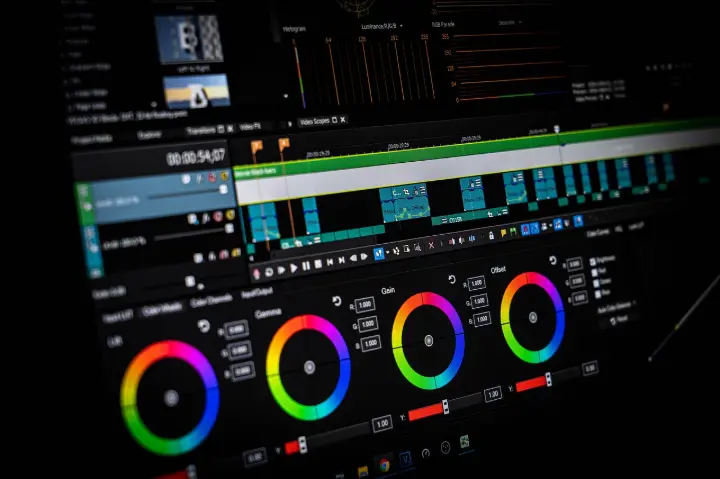Creating high-quality content quickly and consistently is a challenge every marketer, writer, and business owner faces. With the growing demand for fresh, engaging content across multiple platforms, how can you maintain efficiency without sacrificing quality?
The answer lies in template-driven editing a structured approach that simplifies content creation while ensuring brand consistency.
What Is Template-Driven Editing?
Template-driven editing is a method where predefined frameworks guide the content creation process. Instead of starting from a blank page every time, you work from a structured blueprint that outlines formatting, tone, and key sections.
Think of it like a recipe:
Templates = The recipe instructions
Your content = The ingredients
The final piece = A perfectly baked dish (or in this case, a polished blog post, social media caption, or email)
This approach removes guesswork, speeds up production, and keeps all your content aligned with your brand’s voice.
Why Use Template-Driven Editing?

1. Consistency Across All Content
Whether you’re writing blog posts, social media captions, or newsletters, templates ensure everything follows the same structure and style. This builds trust with your audience and strengthens your brand identity.
2. Faster Content Production
Templates provide a clear roadmap, so you (or your team) can focus on writing rather than formatting.
3. Easier Collaboration
If multiple people create content for your brand, templates ensure everyone follows the same guidelines, reducing revisions and miscommunications.
4. Optimized for SEO and Engagement
Well-designed templates can include built-in SEO best practices, such as keyword placement, meta descriptions, and header structures, making every piece of content more discoverable.
5. Scalability
Whether you’re publishing once a week or multiple times a day, templates help you create content without losing quality.
Where Can You Use Content Templates?
Almost any type of content can benefit from templates, including:
- Blog posts & articles – Standardized introductions, headings, and call-to-actions (CTAs)
- Social media posts –Predefined formats for Instagram captions, LinkedIn posts, or Twitter threads
- Email newsletters – Consistent layouts for better open and click-through rates
- Video scripts – Storyboard templates for YouTube or TikTok videos
- Product descriptions– Structured formats for e-commerce sites
How to Implement Template-Driven Editing

Step 1: Analyze Your Best-Performing Content
Look at your top-performing blogs, social posts, or emails. What structure do they follow? Identify patterns you can turn into reusable templates.
Step 2: Create Flexible/versatile Templates
Your templates should provide structure without being too rigid. Include placeholders for headlines, subheadings, and key sections, but leave room for creativity.
Step 3: Document Style Guidelines
Pair your templates with a style guide covering tone, voice, formatting rules, and brand-specific preferences.
Step 4: Train Your Team
Ensure everyone understands how to use the templates effectively. This reduces back-and-forth edits and keeps content uniform.
Step 5: Continuously Improve
Review your templates periodically/. Are they still effective? Update them based on performance data and feedback.
Potential Challenges
· "Templates Limit Creativity"
Design templates with optional sections where writers can add their unique flair.
· "Too Many Templates = Confusion"
Organize templates in a central, searchable/accessible library with clear labels for different content types.
· "Templates Become Outdated"
Schedule quarterly reviews to ensure that templates align with current trends and best practices.
The Future of Template-Driven Editing
As AI and automation are growing/rising, we’ll see smarter templates that:
o Auto-suggest improvements based on performance data
o Adapt structure dynamically depending on the content goal
o Integrate/utilize/use AI tools for faster drafting and editing
Final Thoughts
Template-driven editing isn’t about making content in a robotic manner, it’s about working smarter. By using structured frameworks, you can produce high-quality content faster, maintain brand consistency, and scale your efforts without burnout.
Ready to improve/streamline/increase your content process? Start by creating a few basic templates and refine them over time. Your future self (and your team) will thank you!

What’s Next?
Download our free blog post template to get started.
Subscribe for more content creation tips.
Comment below: Do you use templates? What’s your biggest content challenge?